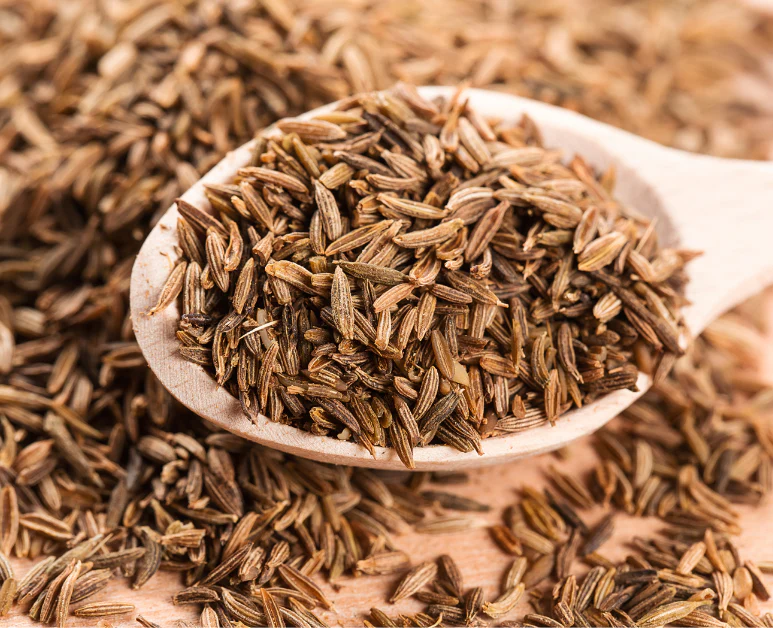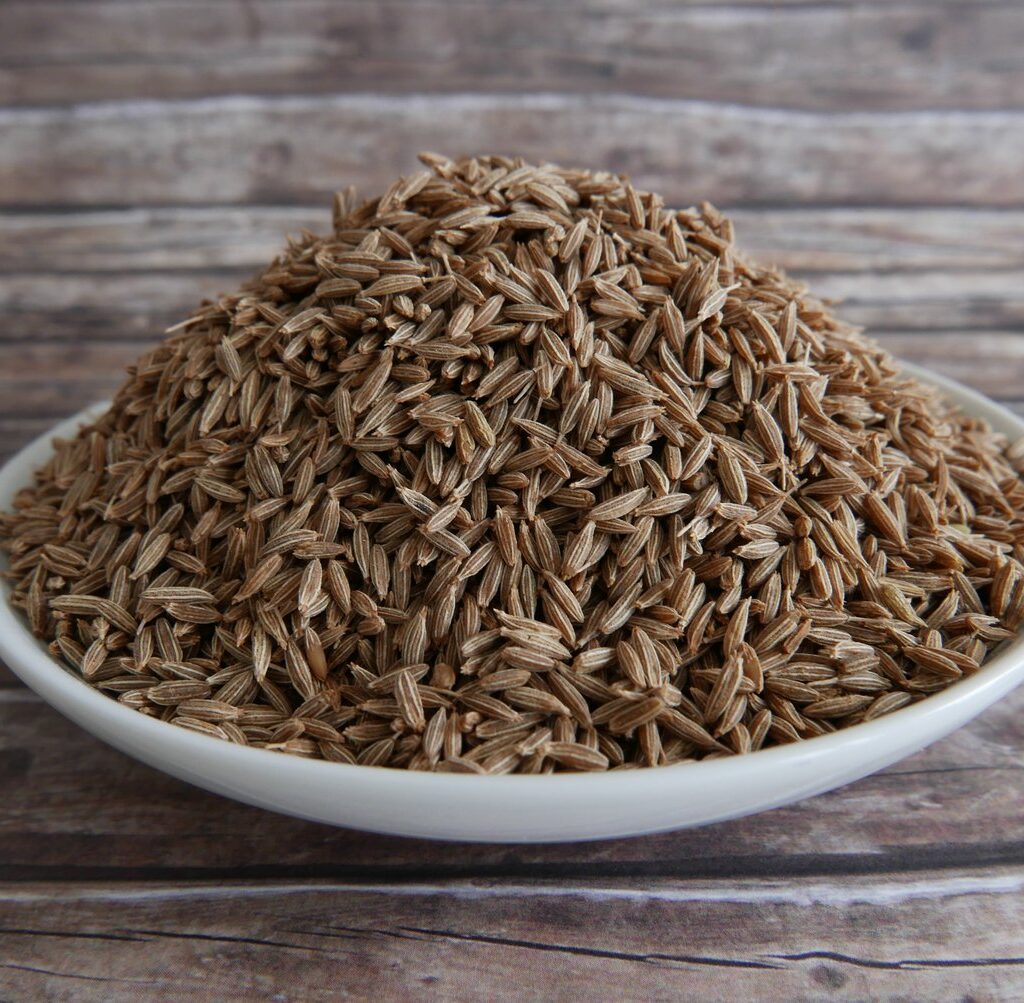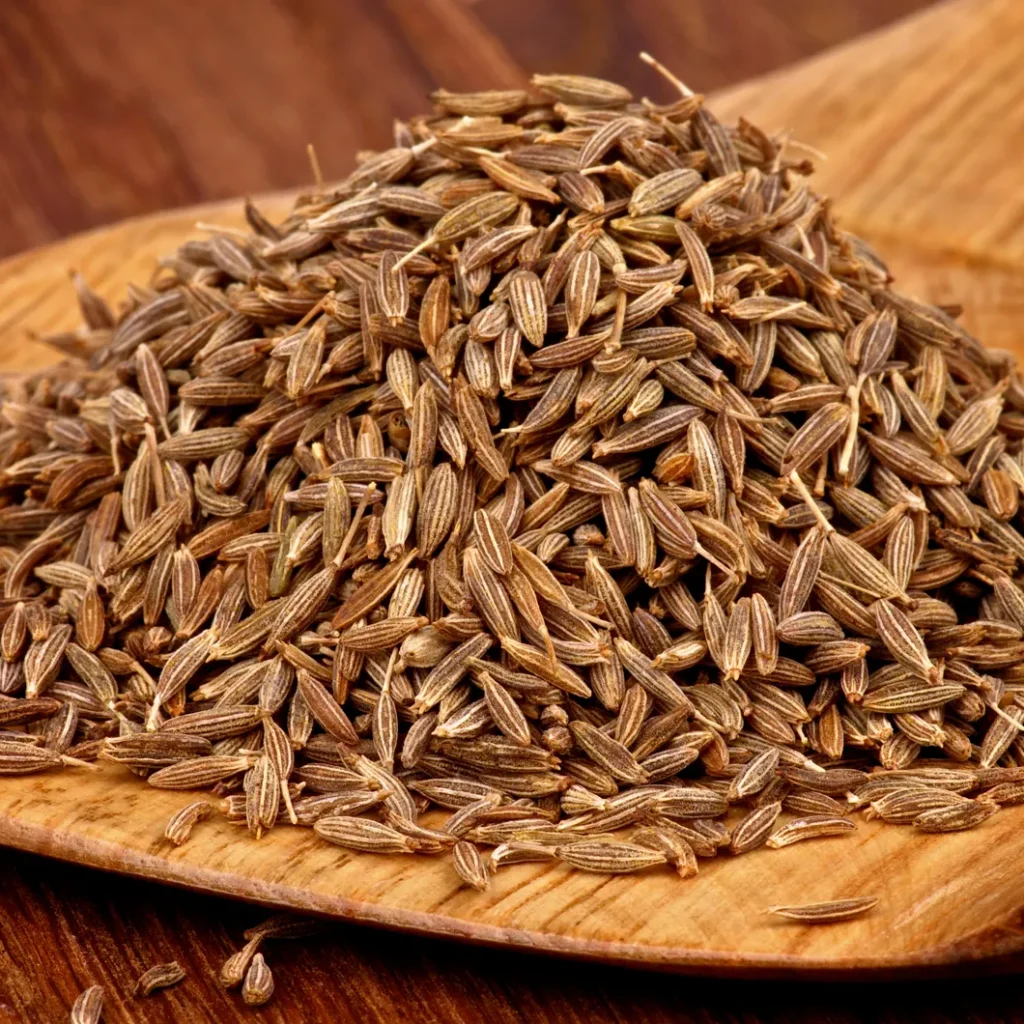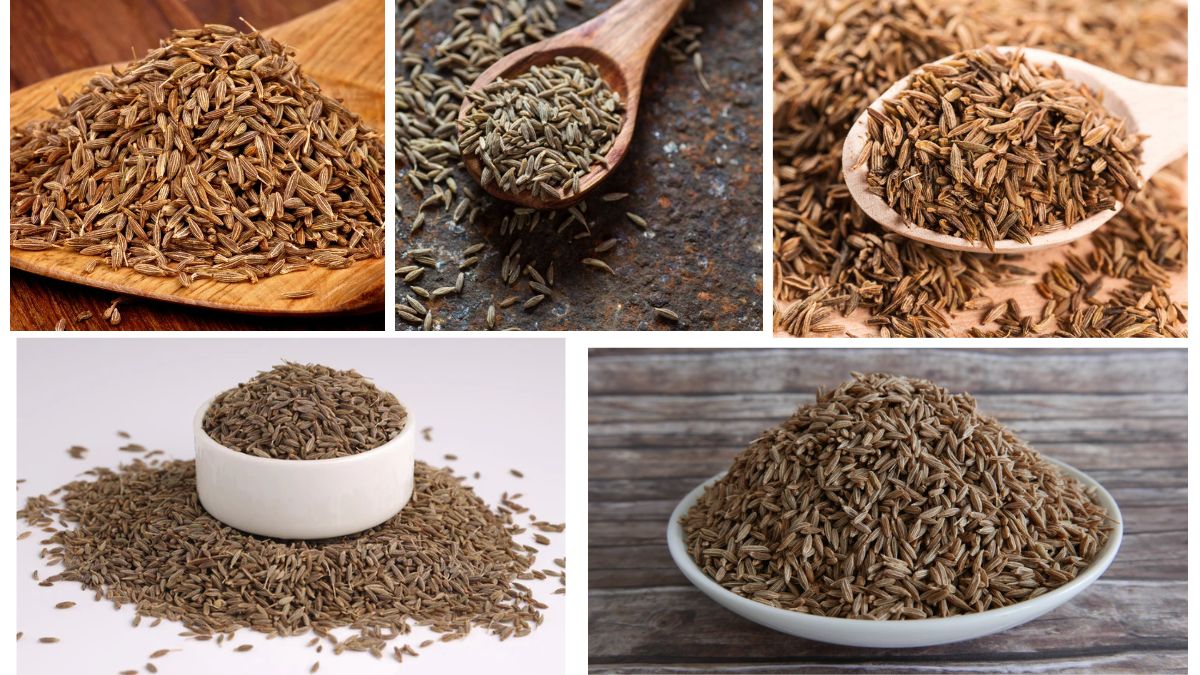Cumin, with its distinctive warm, earthy flavor and aroma, holds a cherished place in global culinary traditions, especially in Indian, Middle Eastern, North African, and Mexican cuisines. This small, crescent-shaped seed not only elevates the taste of food but also possesses remarkable medicinal properties, ranging from aiding digestion to boosting immunity. As the demand for cumin has surged due to growing health awareness and culinary globalization, the question naturally arises: Which country leads the world in cumin production?
Let us explore in depth the leading cumin-producing country, along with its agricultural practices, economic impact, challenges, and global trade significance.
India: The Unquestioned Leader in Global Cumin Production

India stands tall as the largest producer of cumin in the world, accounting for nearly 70–75% of global production. According to data from the Food and Agriculture Organization (FAO) and Spices Board of India, the country produces around 900,000 to 1,000,000 metric tonnes of cumin annually, far surpassing other nations in both quantity and export volume.
1. Ideal Growing Conditions
Cumin (Cuminum cyminum) thrives in arid and semi-arid climates, making India an ideal environment for its cultivation. The states of Rajasthan and Gujarat are the epicenters of cumin farming in India, together contributing over 90% of the country’s total production.
- Climate Needs: Cumin requires dry, sunny weather and well-drained loamy soil with a pH between 6.8 and 8.3.
- Growing Season: Sowing takes place between November and December, with harvesting occurring between February and March.
The dry and warm weather in these Indian states ensures high-quality yield and reduced susceptibility to fungal diseases.
2. Farming Techniques and Yield
Most cumin farmers in India still rely on traditional agricultural methods, although there is a gradual shift toward mechanization and scientific practices.
- Manual Sowing and Harvesting: In many regions, sowing is still done manually. Harvesting is carefully timed to avoid over-drying or seed shattering.
- Yield per Hectare: On average, Indian farmers achieve yields of about 500–700 kg per hectare, although modern farming practices can push this higher.
In recent years, there has been a growing emphasis on organic cumin farming due to rising global demand for pesticide-free spices.
Economic Significance of Cumin in India

Cumin plays a pivotal role in India’s spice economy and rural livelihoods.
1. Employment and Income
Millions of smallholder farmers depend on cumin farming for their livelihood. It also creates jobs in processing, packaging, and transportation sectors.
2. Export Powerhouse
India is also the largest exporter of cumin seeds, sending its produce to over 100 countries, including:
- United States
- United Arab Emirates
- Bangladesh
- UK
- Brazil
- Malaysia
- Mexico
According to the Spices Board of India, cumin exports from India exceeded 200,000 metric tonnes in 2023, generating over $400 million in revenue.
3. GI Tags and Regional Branding
Rajasthan and Gujarat have also sought Geographical Indication (GI) tags for their cumin, particularly varieties like “Rajasthan Jeera,” which is known for its strong aroma and flavor profile.
Other Notable Cumin-Producing Countries

While India dominates the global cumin stage, several other countries also contribute significantly to the world’s supply:
1. Syria
Before the civil war, Syria was the second-largest producer of cumin. However, production has been severely impacted due to ongoing conflicts, with many farms abandoned or destroyed. Despite this, Syria still exports cumin, though on a smaller scale.
2. Turkey
Turkey ranks third in global cumin production. It produces both black and white cumin, which are valued in Middle Eastern and European markets. Turkish cumin is noted for its slightly milder aroma.
3. Iran
Iran grows cumin mainly for domestic consumption and local trade. Its production is relatively small but significant regionally.
4. China
China has recently increased its cumin production, particularly in Xinjiang province, due to growing domestic demand. However, China is more known as an importer than a major exporter.
Global Market Trends and Consumption

The global cumin market was valued at over $1.5 billion in 2023 and is projected to grow steadily, driven by:
- Increased usage in ethnic cuisines worldwide
- Rising awareness of cumin’s medicinal benefits, such as aiding digestion and improving metabolism
- Growing demand for organic and non-GMO spices
- Expansion of the processed food industry, which uses cumin in spice blends like garam masala, curry powder, taco seasoning, and more
Challenges Faced by Cumin Farmers
Despite its profitability, cumin farming comes with several challenges:
1. Climate Vulnerability
Cumin is highly susceptible to weather fluctuations. Unseasonal rains, frost, or excessive humidity can drastically reduce yield or destroy crops entirely.
2. Pest and Disease Management
Cumin is prone to diseases such as powdery mildew and blight, and pests like aphids can wreak havoc if not properly managed.
3. Price Volatility
Prices of cumin can fluctuate sharply depending on demand, export restrictions, weather conditions, and global political situations.
4. Lack of Infrastructure
In many cumin-growing areas in India, poor storage facilities and transport infrastructure lead to post-harvest losses and lower profits for farmers.
Government Support and Future Outlook

Recognizing cumin’s potential, the Indian government and various state agricultural bodies have launched initiatives to support cumin cultivation:
- Subsidies for drip irrigation and organic farming
- Training programs on disease management and yield optimization
- Investment in cold storage and value-addition facilities
- Promotion of export-friendly policies and quality testing labs
With technological intervention, digitized supply chains, and better market linkages, cumin production in India is expected to grow steadily over the next decade.
Conclusion
India’s dominance in the cumin industry is a result of favorable climate, traditional agricultural heritage, and a robust export network. As the largest cumin producer and exporter in the world, India has transformed this humble spice into an economic powerhouse that sustains millions of farmers and satisfies palates across the globe.
With rising demand for ethnic flavors and healthy ingredients, cumin’s future looks promising. However, to maintain and expand its leadership, India and other producing nations must invest in sustainable farming, technology, and infrastructure to overcome the modern challenges faced by the spice industry.
In answering the question, “Which Country Is the Largest Cumin Producer in the World?”, there is no ambiguity: India stands at the top—flavoring the world, one seed at a time.





